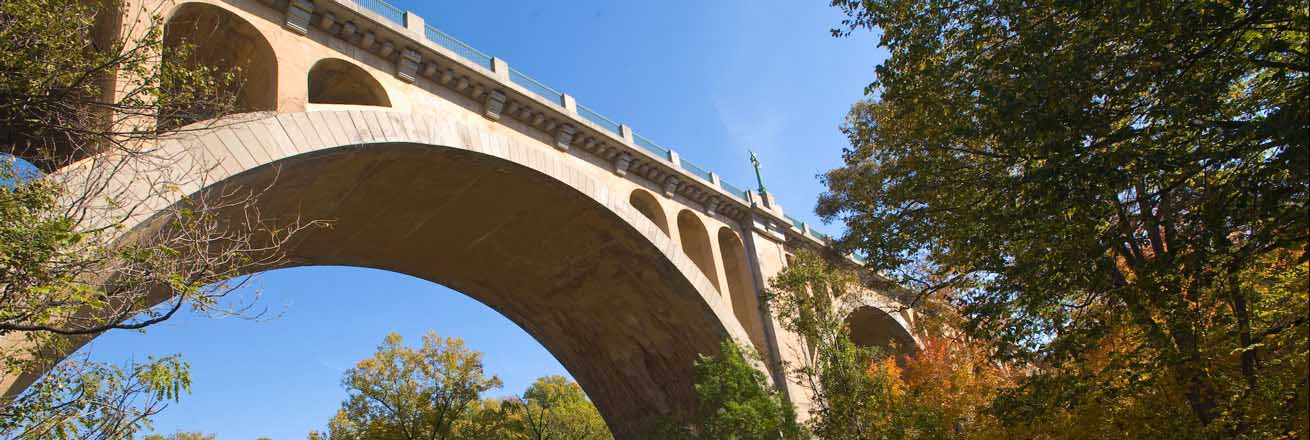Contact Us
Don Myers Technology & Innovation Building on a map
Emergency Preparedness 4400 Massachusetts Avenue NW Washington, DC 20016-8033 United StatesTo receive emergency alerts from American University, text AUALERTS to 226787. For more information, visit the AU Alerts page.
About the Program
It is the mission of American University to respond to an emergency in a safe, effective, and timely manner. University personnel and equipment will be utilized to accomplish the following:
- Protect lives and reduce chances of injury or death;
- Protect university assets and minimize loss of data;
- Maintain public image and reputation;
- Minimize the critical decisions to be made in a time of crisis; and
- Restore general campus operations
To accomplish this, we rely on the support of community members to follow appropriate safety procedures in emergency situations. We have provided each academic, office space, and collaborative work area on-campus with emergency information to assist community members when responding to an emergency.
Community members wishing for additional information can review online Emergency Procedures Guide here.
Fire Safety and Responsibilities
Fire safety and prevention is a responsibility shared by all members of the American University community. Prevention is the key to making the campus a safer place to live, study and work. Specific guidance on fire safety and prevention is contained in the Campus Fire Safety and Responsibilities document. Everyone should be aware of the potential fire hazards on campus and ways to prevent fires.
All community members should know proper emergency contact numbers AU Police Emergency (202) 885-3636 and basic emergency procedures in case of a fire.
Leading causes of fires in university buildings
The leading fire hazards in university buildings include:
- improper unattended cooking
- smoking materials
- open flames
- combustible decorations
- flammable liquids, furniture and trash
- Flammable liquids and other hazardous chemicals are not permitted in student rooms or any storage areas. These include but are not limited to:
- Gasoline, ether, paint, glue, etc.
- Smoking is prohibited on campus and in all residence halls.
- Smoking in bed is extremely dangerous and is one of the primary causes of fires in living areas.
- Careless disposal of matches and cigarette butts is also a common cause of fire.
- Due to the high temperature emitted from halogen lamps they are prohibited in the residence halls.
- Individuals can only cook in designated areas or kitchens using the proper appliances. At no time is one permitted to leave the cooking process unattended.
- All fire alarms must be taken seriously, and all persons should follow emergency protocols on evacuation.
- Fire drills are required at least once each semester in residence halls.
- The fire alarm system and fire-fighting equipment on campus and particularly in the residence halls are for the community’s protection. Tampering with smoke detectors, sprinkler heads, sprinkler piping, alarm boxes, and fire extinguishers are prohibited.
- Room inspections are conducted periodically to ensure the safety of the students in our residence halls.
- Possessing, charging/storage of electric scooters, hoverboards, self-balancing scooters, one-wheels, drones or other (electric or gas) personal mobility devices is prohibited in all residence halls or in any other AU owned or leased buildings or properties.
Active Shooter Preparedness Run, Hide, Fight
An active shooter is an individual actively engaged in harming or attempting to harm people in a confined and populated area. The video to the right are the basics of the “Run, Hide, Fight” program created by the Department of Homeland Security to provide community members with the actions to follow in an active shooter situation.
For additional information, visit the Personal Preparedness page here.
Active Shooter Preparedness: Options for Consideration
This video demonstrates possible actions to take if confronted with an active shooter scenario: running, hiding, or as an option of last resort, fighting the shooter.



